MEMS & Piezoelectric Devices Blog Posts
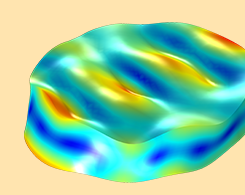
Piezoelectric Materials: Applying the Standards
Learn how to set up the orientation of a piezoelectric crystal, specifically an AT cut quartz plate, within both the IRE 1949 standard and the IEEE 1978 standard.
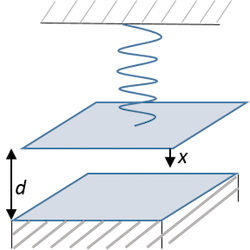
Modeling Microresonators with Electrostatic Actuation
Learn how to model electrostatically actuated MEMS resonators and get an intro to terms such as equilibrium point, pull-in, pull-in voltage, and time harmonic response of a biased resonator.
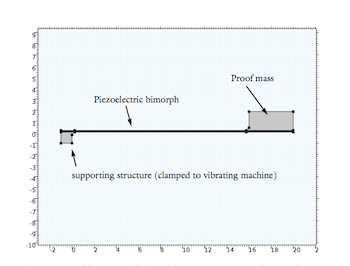
Optimizing the Power of a Piezoelectric Energy Harvester
When it comes to a piezoelectric energy harvester, the design configuration should maximize the level of power transfer. How can simulation be used to improve the design of an energy harvester?
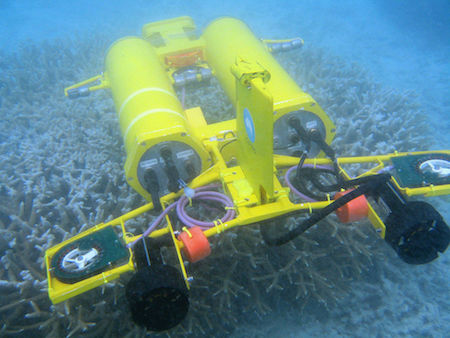
Simulating a MEMS-Based Pressure Sensor Inspired by a Cave Fish
Oceanic inspiration: Researchers from the PSG College of Technology in India used numerical simulation to investigate a pressure sensor design inspired by the blind Mexican cave fish.
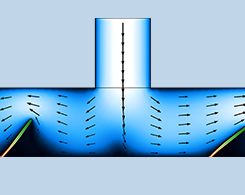
Simulating a Valveless Micropump Mechanism
Valveless micropumps are integral to many microfluidic systems. Simulation can be used to study the fluid–structure interaction occurring in these components to improve their performance.
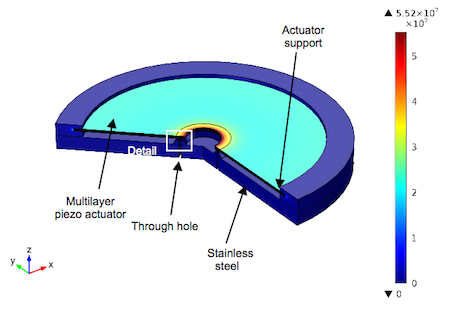
Modeling a Stacked Piezoelectric Actuator in a Valve
Piezoelectric valves are energy efficient, durable, and fast. You can model a key component of this device responsible for opening and closing the valve: a stacked piezoelectric actuator.
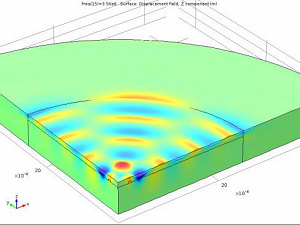
Using Degeneracy Breaking to Design a MEMS Biosensor
Researchers from Newcastle University in the U.K. used simulation to investigate the effects of material and geometric symmetry breaking in a degenerate mode sensor. Get the full story >>
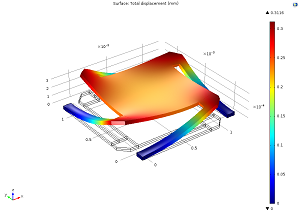
Improving the Power of Optical Systems via Component Design
Adaptive optics are used to improve the power of optical systems — beyond the obstacles imposed by the optical medium. See examples and learn how to model adaptive optics systems.
